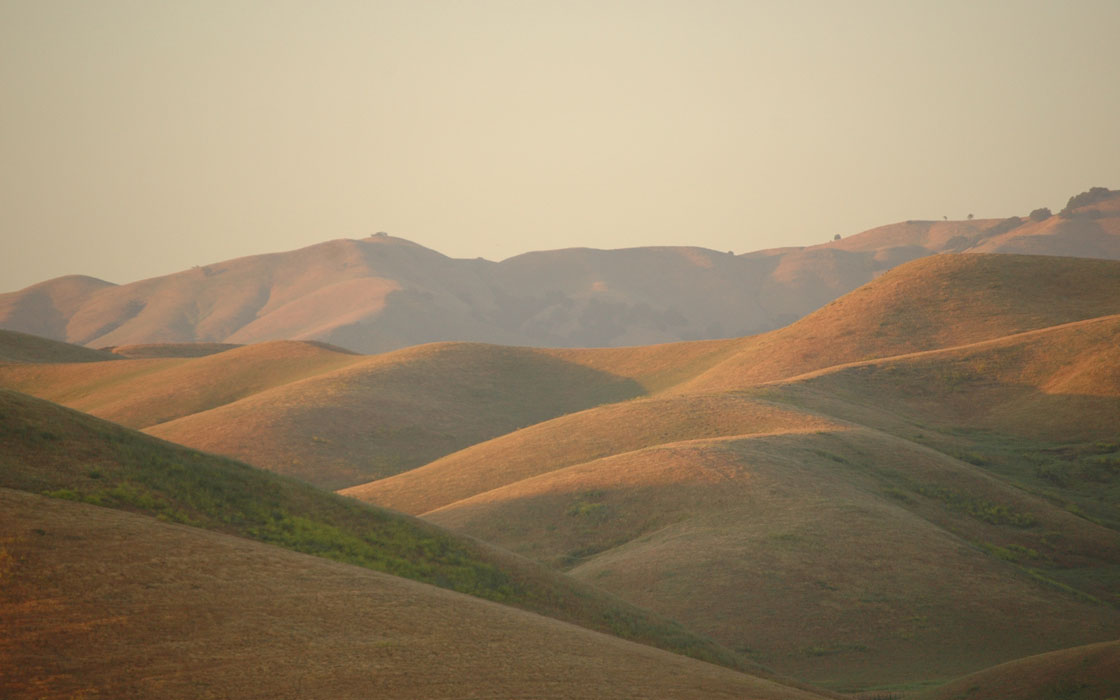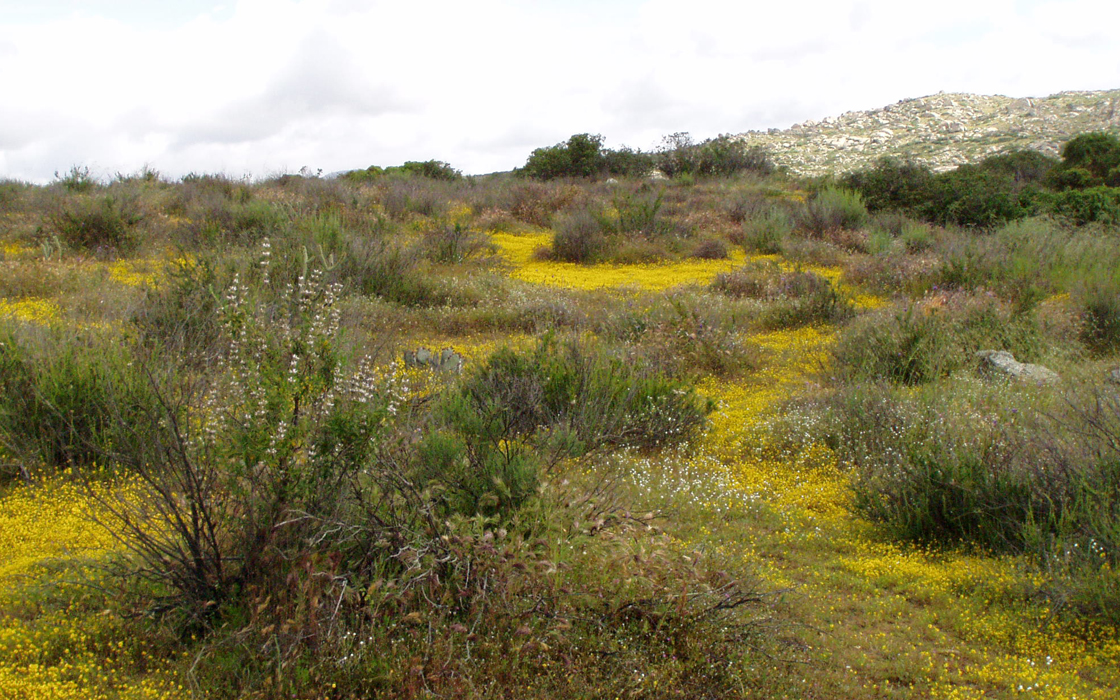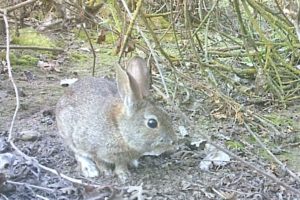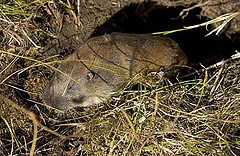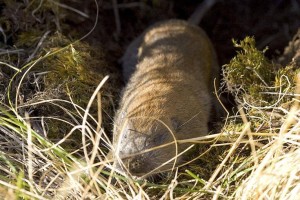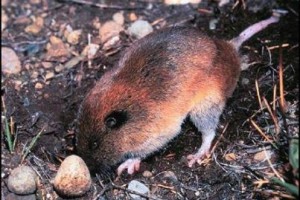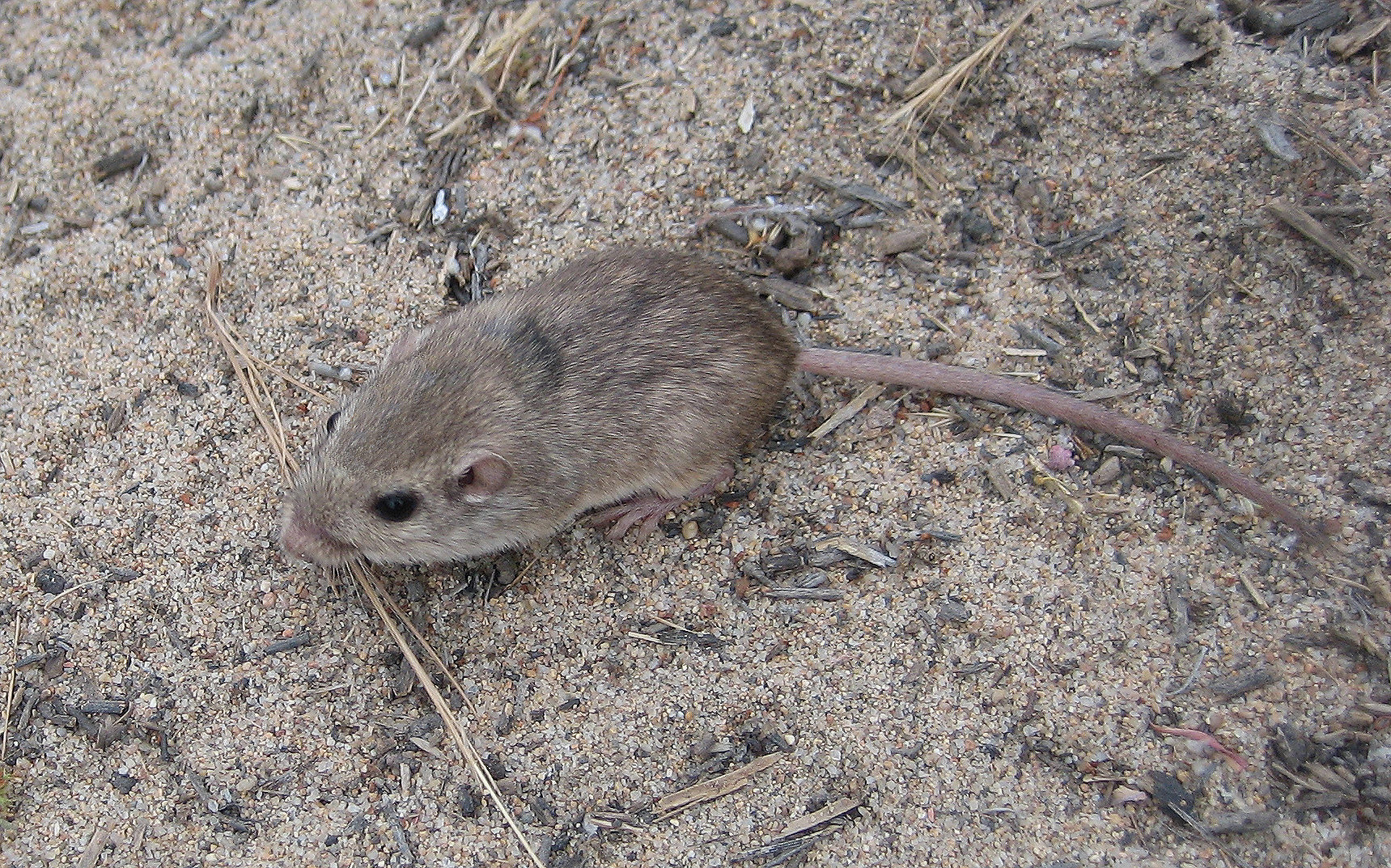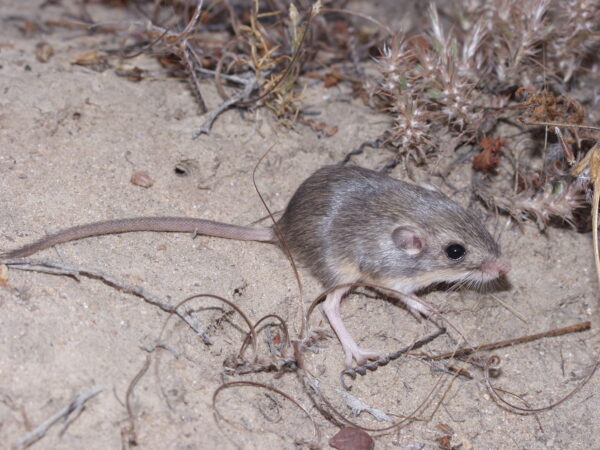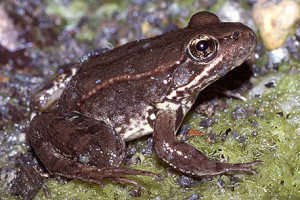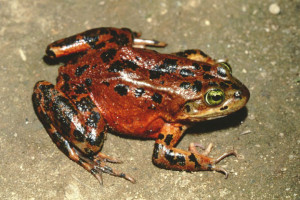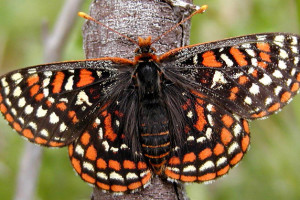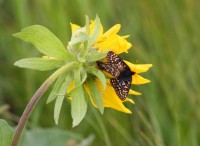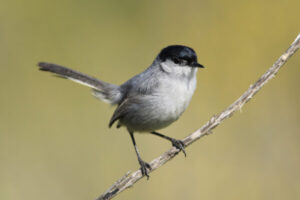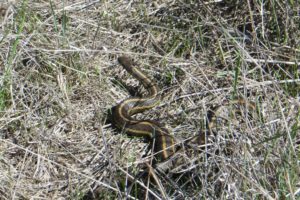Animals
The number of species protected and managed is one currency by which we can measure our conservation activity and success. Although maximizing the number of species on CNLM preserves is not a specific goal, our acquisition strategy is focused on protecting the most imperiled species and their habitats. In some cases, we may be protecting one or several of the few remaining populations of a species—as is the case, for example, for the Casey’s June beetle and the riparian brush rabbit. As of April, 2017, we protect close to 45 endangered or threatened animal species on our portfolio of preserves in California and the state of Washington. Those species span a broad taxonomic range from insects to mammals to reptiles. In California, we protect populations of almost 30% of the federally listed species in the state. In addition to those ‘listed’ species (that is, protected under the state or federal Endangered Species Acts) and the many more broadly distributed native species, we protect rare and special-status species such as those covered under Multiple Species Habitat Conservation Plans (MSHCPs) and the national Migratory Bird Act Treaty. We take seriously the protection of and care for these vulnerable populations of at-risk species.


